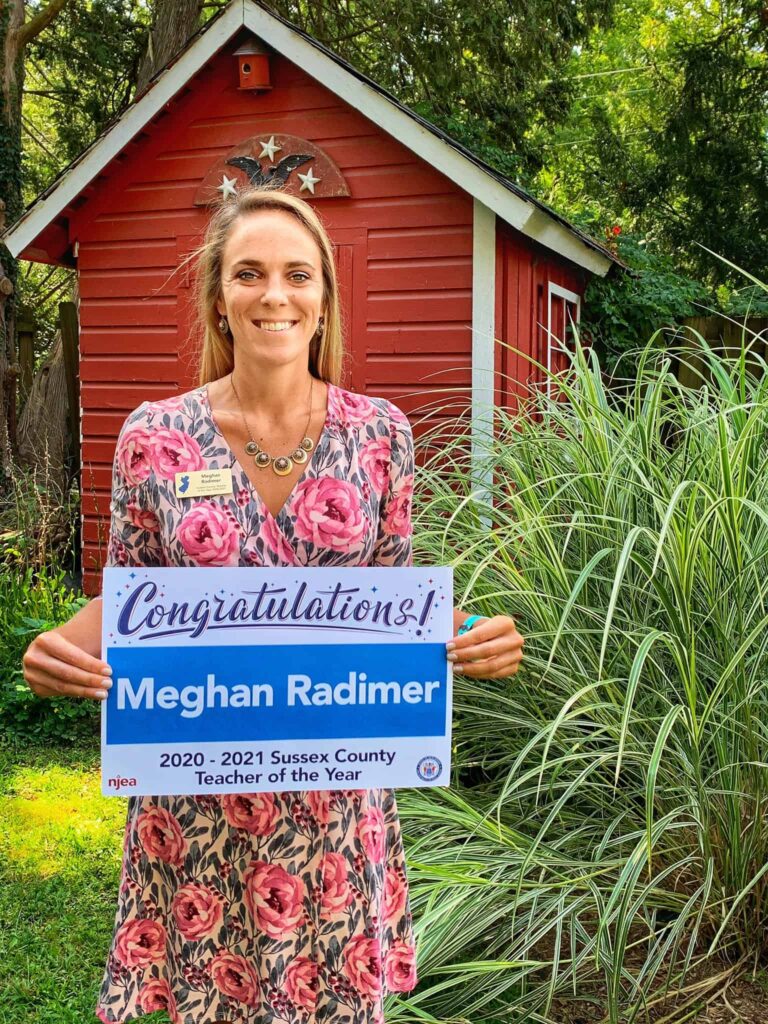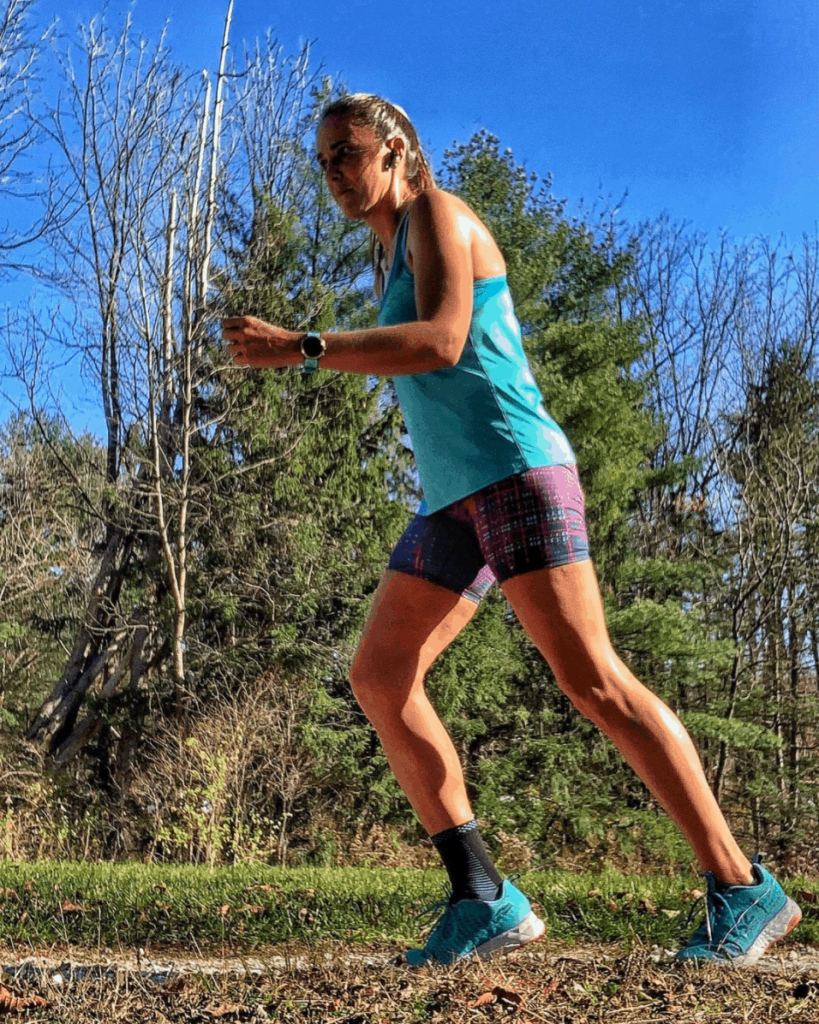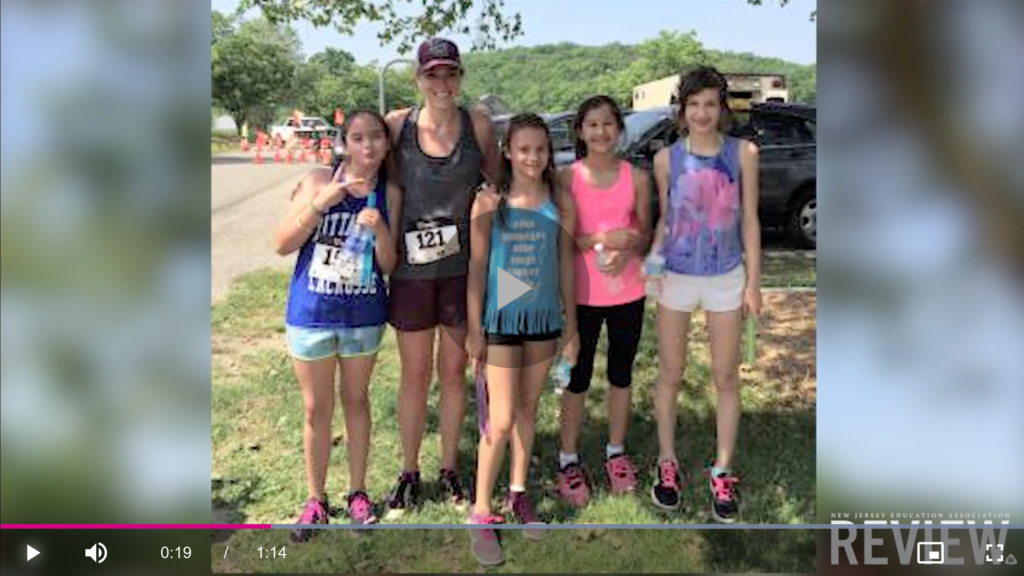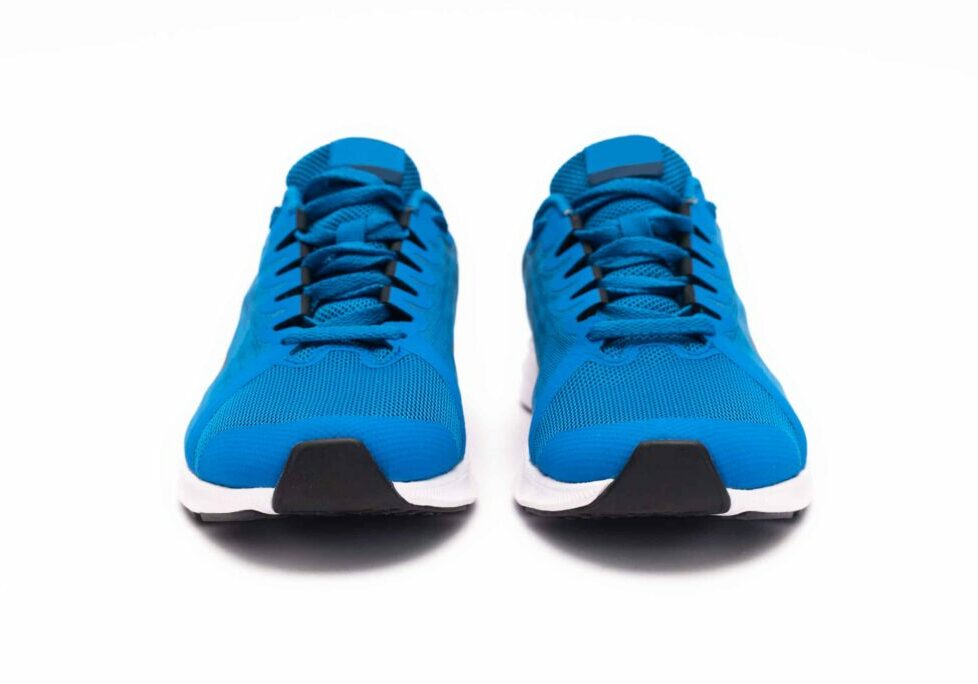Teaching goal-setting in a challenging time
By Meghan Radimer
As an elementary physical education and health teacher, one of the most important skills I have had to master is learning how to motivate my students. Fortunately, as a lifelong athlete, I understand the physical, and sometimes mental, obstacles that can get in the way of my students enthusiastically participating in our planned activities.
At Stillwater Township Elementary School, most of my students, who range in age from Pre-K through sixth grade, come to school happy and ready to move. They generally enjoy physical education classes, which are a vital way for them to appropriately expend energy during the school day.
As an active person, I enjoy moving with the students. They take it as a challenge to beat me in whatever activity I have planned. Sometimes, I tell them that they have to tag someone else—they got me five times already and I need a break! The students truly enjoy the interaction and love to see me involved in the activities with them. Even during a live Google Meet, I make a point to actively participate in whatever we are doing that day.
When the pandemic prevented in-person instruction last spring, it became difficult to connect with my students. After all, when I graduated from college in 2007, I never thought that I would be teaching physical education online. I had to draw on different ideas and strategies to connect with and motivate my students.
I felt like a first-year teacher again, trying to come up with fun and engaging lessons that my students could do at home even though I was not able to see them. I wanted the activities to be fun and not just another assignment that they had to complete. I continue to be amazed at the work of all my colleagues across the state as they adapted to these unique times and provided the best education they could.

My path to becoming a runner
Physical activity has always been an important part of my life. In high school, I was a three-sport varsity athlete. In college, I played soccer and was on the track and field team. My college soccer team was number two in the country in our divison. We went to Nationals all four years!
In track and field, I was a three-time Nationals qualifier in the javelin throw. My junior year of college I would have been All-American, but I tore my ACL at Nationals throwing the javelin. I made a throw that would have made me All-American, but my injury caused me to fall over the foul line. I was devastated and could think only about how my torn ACL could cause me to miss competing in my senior year.
I had to decide whether I would sit out my senior soccer season so that I would still be eligible to compete the year after that—a practice called “redshirting.” Instead, I decided to make it my goal to get back on the field for my senior year. After surgery, I focused with a vengeance on my physical therapy. I am a very determined person, and I worked hard to get back out there with my team. By October, I was ready for my first game.
After college, I wanted to find an activity that would fill that athletic space in my life. I ended up getting into running. I was never a runner during my athletic career—as a goalie for soccer and a thrower in track and field, I hated running! Nevertheless, I started running marathons. I ran the Boston Marathon three times as well as eight other marathons and many half-marathons.
I’ve since taken a step back from marathons because of the toll they take on my body, but I still run as part of my everyday activities. I like to compete in smaller races and enjoy the local ones where I often see my current and former students.

Running as a lesson in goal-setting
In my health classes, we talk about goal-setting. We discuss the differences between long-term and short-term goals and how to stay motivated until you reach your goal. Last spring, after the quarantine began, I searched for a way to connect with my students and continue our lessons about goal setting.
I tell my students that it’s important to have visual cues to help them stay on track to reach their goals. I also discuss self-esteem. I tell my students that self-esteem is how you feel about yourself and that it is important to find something that helps you build your self-esteem but also not give up your goals.
I decided to put these elements together and set my own goal-to run a mile for every one of my 254 students. My first run was on April 27. I ran nine miles the first day and posted a picture on my Google Classroom. Every day after that, I shared a post-run photo in each of my 12 Google Classrooms. I noted how many miles I ran that day and how many miles I had left to go to reach my goal.
Regardless of the weather, I ran—either outside or on my elliptical—and the students kept up with my progress. The students would encourage me: we were in this together. It was also a great way for the students to interact with each other and with me as they commented on the pictures.
I completed my last run on May 31 and even had a homemade finish line tape to run through. All told, I ran 255 miles—one mile for each of my students plus one extra, in 35 days.
When I finished my last run, I compiled all my pictures into a video that I shared with all my students.

Being an example for students
The feedback I got from the students was powerful. I wanted them to know that even though we couldn’t be together in school, I was still thinking about them. I’d be on a run and I’d think, “I just completed that mile for all of my sixth graders.”
I also wanted them to realize that I was not just asking them to complete physical education and health assignments, but that I was being physically active as well. I don’t just want to teach my students, I want to be an example for them.
I still have goals, and I talk to my students about them. I encourage them to set big goals for themselves. They may make it to the NFL or the NBA someday. Who knows? I’m not going to tell them they can’t. It might be one of my students that I see on the big screen one day. Or maybe they want to get faster, stronger, or healthier—I make sure they know all of their goals are important!
No matter what their goals are, I want my students to see in me someone who will support them, guide them, and dream big dreams right alongside them.
Meghan Radimer is a physical education and health teacher at Stillwater Elementary School. She is the 2021 Sussex County Teacher of the Year and the co-president of the Stillwater Education Association. Radimer can be reached at meghan.radimer@gmail.com.
